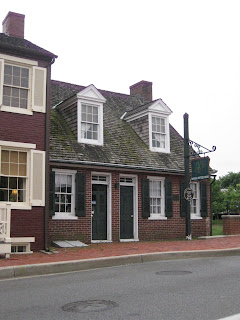If we are going to talk about racial profiling - white police officer Crowley arrests black professor Gates in his own home - let's also talk about class - working class cop and snobby Harvard professor.

Remember the movie "Breaking Away"? I know it has very little to do with racial profiling. But, then it has everything to do with class consciousness:
"Dave, nineteen, has just graduated high school, with his 3 friends, The comical Cyril, the warm hearted but short-tempered Moocher, and the athletic, spiteful but good-hearted Mike. Now, Dave enjoys racing bikes and hopes to race the Italians one day, and even takes up the Italian culture, much to his friends and parents annoyance. While meanwhile, the 4 friends try to break away from their townie, Indiana reputation while fighting with nearby college snobs."
 Breaking Away
Breaking AwayRemember how Dave wants to impress the university coed? How he has to deal with the legacy of being a stone cutter's son, and making dad proud? The point of the movie is that class shouldn't matter.
Before you say that this is a stretch, at least think about your point of view - Judge Sotomayor has a point, remarking in her Senate confirmation hearings, on how her experiences as poor and Hispanic will give her a unique insight into hearing cases on the Supreme Court. We are all biased; it is the legacy of our racial, social, and economic backgrounds.
For police officer Crowley, no man is above the law, neither Harvard professor nor thief, and both should comply with the lawful orders of an officer to produce identification and answer questions. For Professor Gate, his home is his castle; he should be accorded the respect both the humblest and mightiest citizens have a right to regardless of race or class.
As for President Obama, who now finds himself in the middle of a national debate on race, I suggest that when he gets the two parties together for a beer, his idea, he also screens for them the movie "Breaking Away" so that they can all think about social arrogance as much as racial arrogance. By the way, what kind of beer do they drink in Boston?


















































